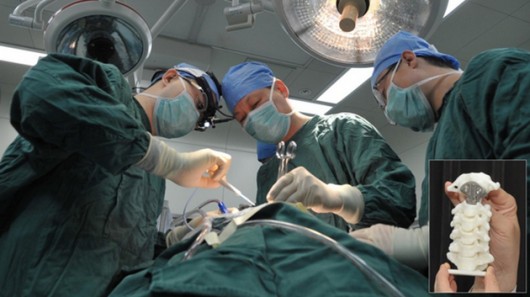Body Part Manufacturing is Factor in Growth of 3D Printers

3-D printing technology has improved significantly since early additive manufacturing equipment was developed in the 1980’s. This process, which builds 3D objects though successive layering of materials, is now able to produce exact replicas of almost any physical object. The applications for this technology are endless, but one application that is undergoing amazing advancements and growth is the ability to create replacement human body parts.
The use of 3-D printing to create identical replacement bones is an extraordinary leap forward in both industrial and medical engineering. Before this technology, if you got a bone infection, or needed a knee replaced, doctors had to go to great lengths through risky surgeries to recreate these bones from existing bones and other materials. With 3-D printers, doctors will now be able to create exact replicas of these bones based on MRI and CAT-scan images.
Professionals in the fields of engineering and medicine will be meeting with the FDA to discuss how to regulate and grow this technology in the U.S.
Currently there has been news from all over the world about groundbreaking new bone replacemnts made using 3-D printing:
- In 2013 a man in the UK had a new skull created after he lost 75 percent of his cranial plate.
- In 2014 a French patient with a deformed spine had a spinal cage manufactured.
- In the Netherlands, an 83-year-old woman with a jaw infection had a new jawbone printed and “installed” in four hours. A similar surgery without 3-D printing would have taken upwards of 15 hours.
- In 2012 a Swedish teen had a 3-D printed hip joint replacement after a disease had all but eroded this bone.
- This year a Belgian woman had her shoulder joint replaced with the help of 3-D printing.
